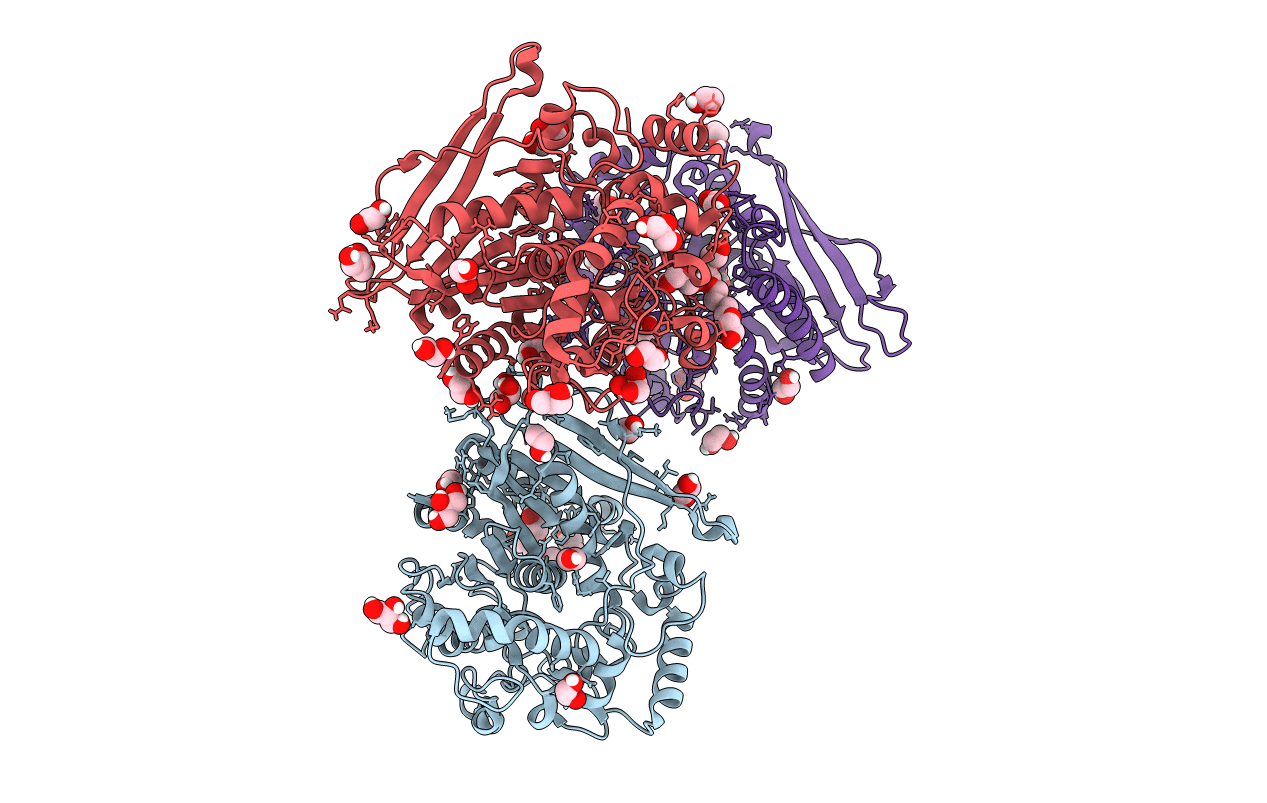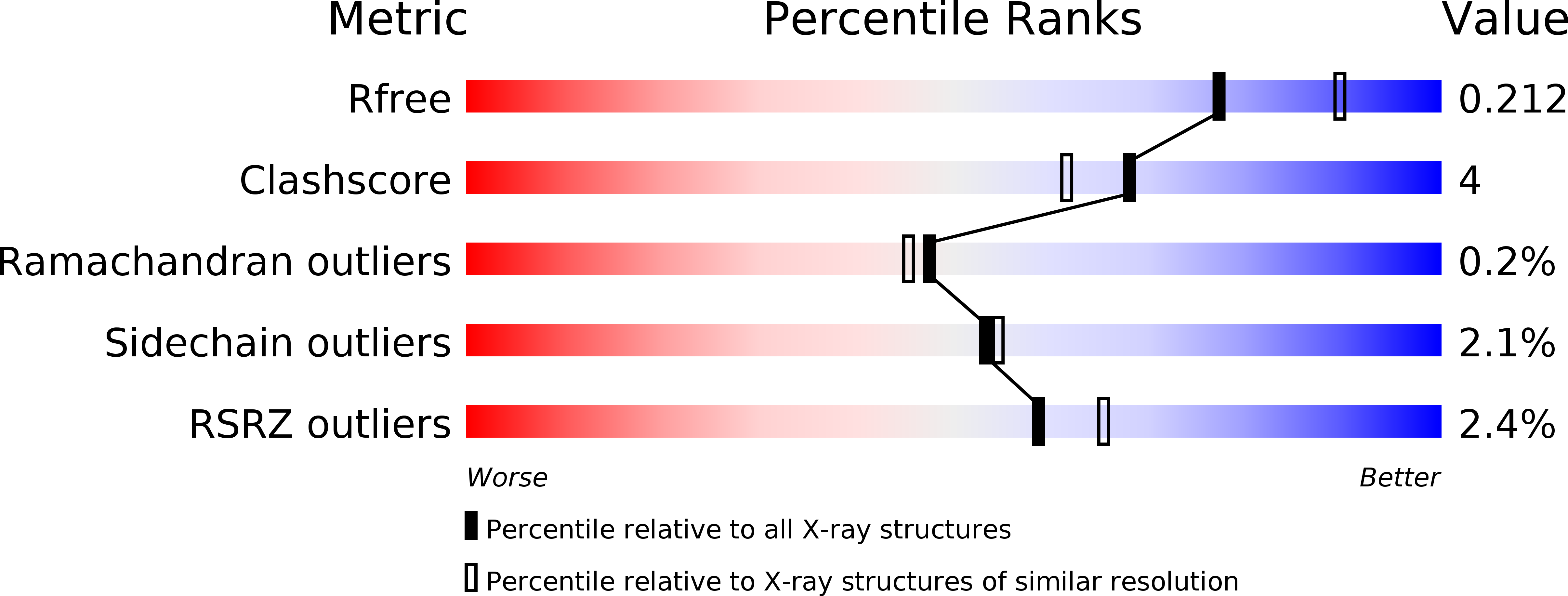
Deposition Date
2018-10-02
Release Date
2019-03-20
Last Version Date
2024-11-13
Entry Detail
PDB ID:
6HSW
Keywords:
Title:
A CE15 glucuronoyl esterase from Teredinibacter turnerae T7901
Biological Source:
Source Organism:
Teredinibacter turnerae T7901 (Taxon ID: 377629)
Host Organism:
Method Details:
Experimental Method:
Resolution:
2.15 Å
R-Value Free:
0.21
R-Value Work:
0.16
R-Value Observed:
0.16
Space Group:
P 31 2 1


